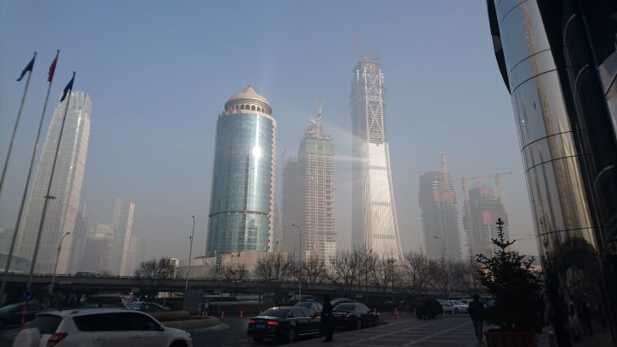Thinning and prescribed fire treatments reduce tree mortality
ALBANY, Calif. -- To date in 2020, 1,217 wildfires have burned 1,473,522 million acres of National Forest System lands in California; 8,486 wildfires have burned over 4 million acres across all jurisdictions in California. This current fire activity comes after forests in the region experienced an extreme drought accompanied by warmer than normal temperatures from 2012 to 2015, resulting in the deaths of over 147 million trees, mostly from bark beetles. These dead trees are now adding more fuel to this summer's wildfires, especially in the southern and central Sierra Nevada, where tree mortality was the heaviest.
Frequent fire once kept forests throughout the western US relatively open and prevented excess litter and downed wood from accumulating on the forest floor. After more than a century of fire suppression, many forests became far denser than they once were and more prone to disturbances such as uncharacteristically severe wildfire and drought. A recently released study by USDA Forest Service, Pacific Southwest Research Station research ecologists Eric Knapp and Malcolm North, research entomologist Chris Fettig, along with co-authors Alexis Bernal and Dr. Jeffrey Kane (Humboldt State University) suggests that if forests had been closer to their historic densities, tree mortality would likely not have been as severe. Published in the journal Forest Ecology and Management, the study found that between 2014 and 2018, 34% of trees in unthinned areas died compared with only 11% of trees in thinned areas.
This study compared two different types of thinning - a 'High Variability' method that restored a structure with more of the trees in groups and groups intermixed with small gaps, similar to what forests of California, shaped by fire, once looked like, and a 'Low Variability' method with relatively evenly spaced individual trees. One goal of the 'High Variability' method was to create and accentuate habitat for forest dwelling plant and animal species. Half of the study units were also treated with prescribed fire. The study found both thinning methods were equally effective at reducing tree mortality and increasing tree growth.
"Our findings show that thinning and prescribed fire can produce a diverse forest that not only provides greater variety of habitats but is also resilient to extreme drought," said Dr. Knapp. "Because of these potential habitat benefits and just a more natural look, high variability approaches to forest thinning also tend to have broader support in the community".
The large number of dead trees are adding to a pre-existing fuel problem by falling to the ground and creating more material to burn in areas that are already prone to uncharacteristically severe wildfire. Prescribed fire is one tool for reducing these fuels. "Results from our study demonstrated that trees in areas treated with prescribed fire were less likely to die if the forest was thinned first," said Dr. Knapp.
###
https:/
For more information about the study: https:/
Headquartered in Albany, California, the Pacific Southwest Research Station is part of the U.S. Forest Service's Research and Development branch developing and communicating science needed to sustain forest ecosystems and other benefits to nature and society. Pacific Southwest Research Station scientists are engaged in research across a network of 14 experimental watersheds, ranges and forests and eight research facilities in California, Hawaii and the U.S.-affiliated Pacific Islands. Research is organized into five research units: conservation of biodiversity, ecosystem function and health, fire and fuels, urban ecosystems and social dynamics, as well as Pacific Islands forestry. For more information, visit fs.fed.us/psw.












